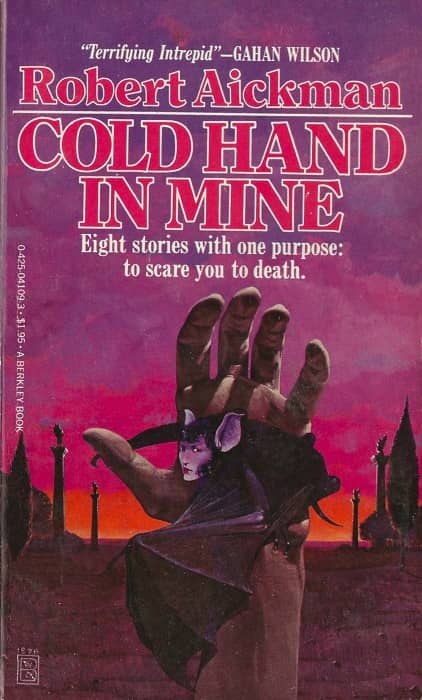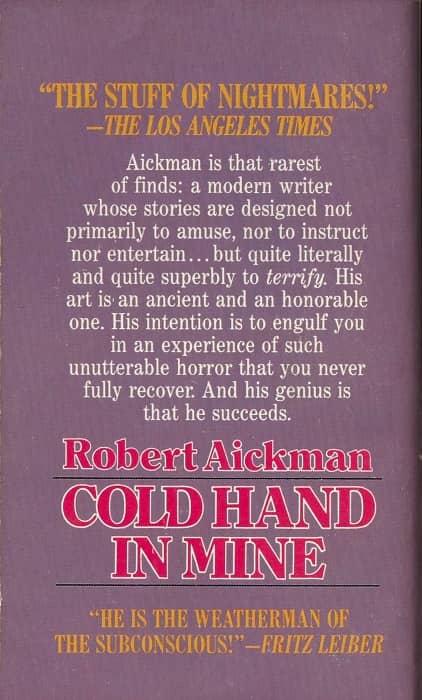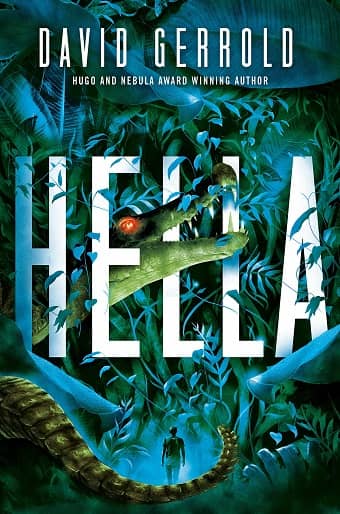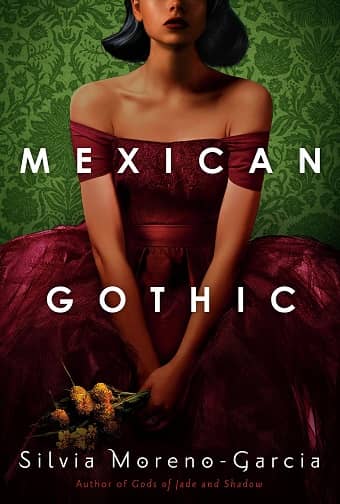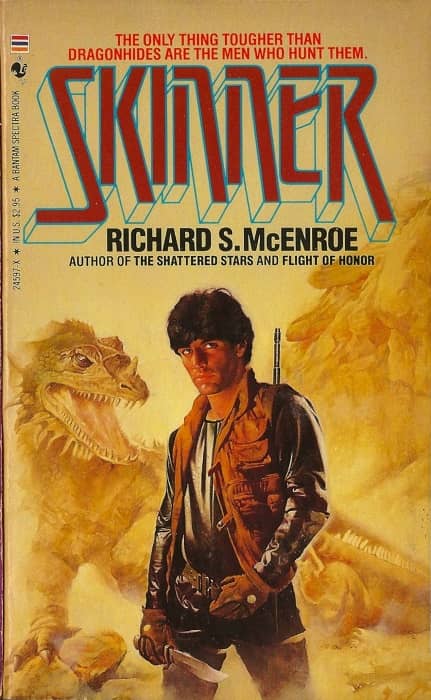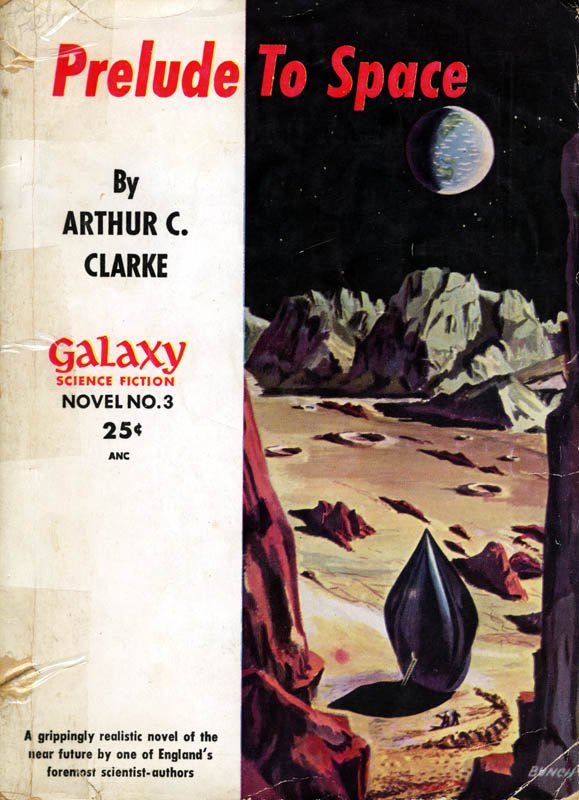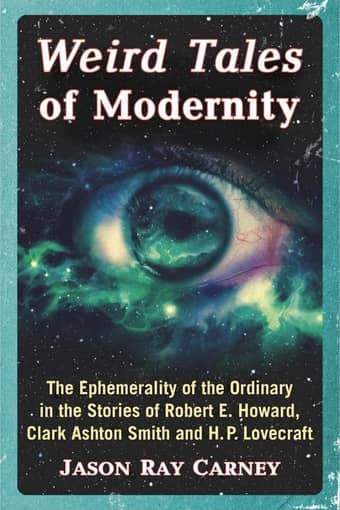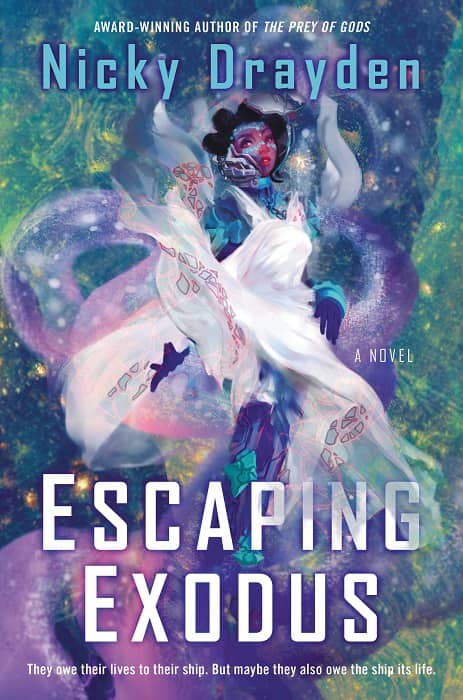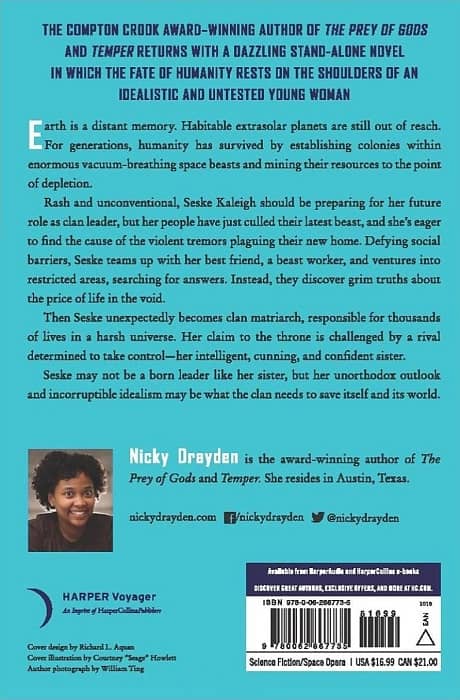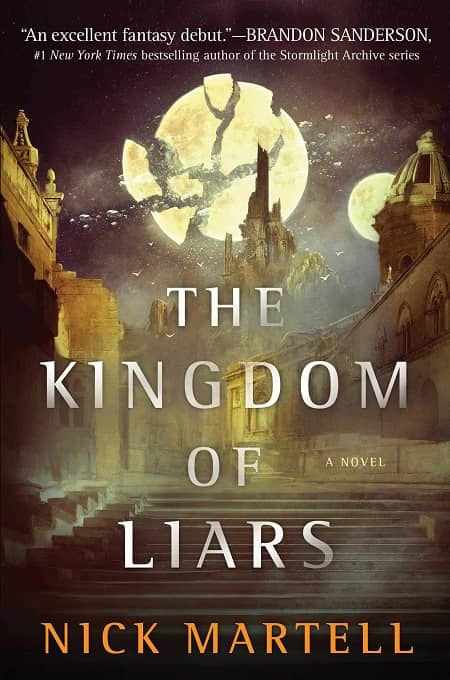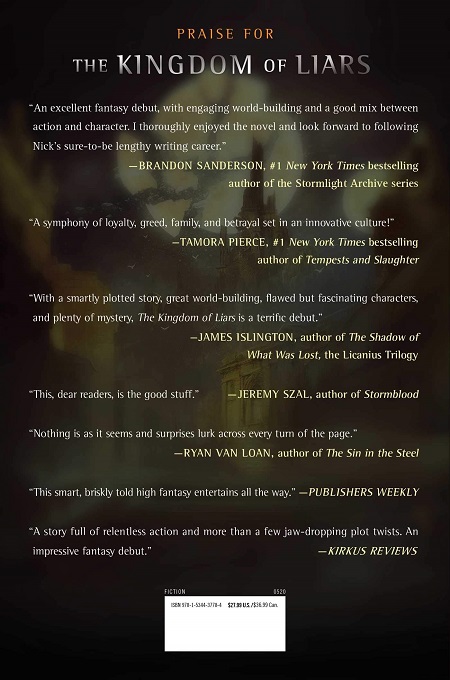Diplomacy, Politics and Military Action: The Breaker of Empires Trilogy by Richard Baker
 |
 |
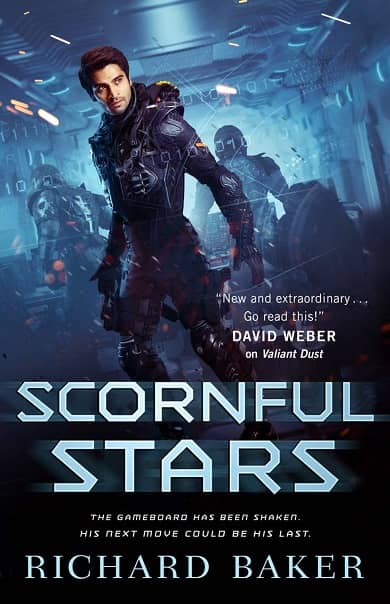 |
Covers by Larry Rostant
Every time an author completes a trilogy, we bake a cake at the Black Gate offices. We’re gotten pretty pudgy over the years, but hey. You don’t mess with tradition.
I missed the arrival of Scornful Stars, the final book in Richard Baker’s Breaker of Empire trilogy, last December — which means I missed an excuse for another cake. Sounds like I missed a good story too, if the Tzer Island review is anything to go by. Here’s an excerpt.
North’s ship is patrolling four systems in the Zerzura Sector. Piracy has been a problem that North hopes to do something about. He is, in fact, entreated to do so by a lovely woman whose shipping company is plagued by pirates… The pirates seem to know when the military will arrive. North develops a theory as to why that might be, putting him in a position to shoot it out with pirate ships. Later, he seizes an opportunity to thwart Bleindal’s nefarious plans, which leads to more shootouts, both between vessels and between North’s boarding parties and provocateurs.
The emphasis in the second novel was on diplomacy, while this one explores how corruption results in a breakdown of diplomacy. All three novels feature strong action scenes and interesting discussions about military strategy in the context of space, where warships are separated by thousands of kilometers. A fair amount of military science fiction is ghastly, but the Breaker of Empires series combines a thoughtful balance of diplomacy and politics with military action…
Scornful Stars continues Baker’s strong characterization and carefully conceived universe building. The story balances moments of excitement with convincing descriptions of what it might be like to serve in a space-based military organization. Baker’s attention to detail adds credibility to the story, while his focus on the impact of war on his characters adds an important dimension that most military action novels address only in generic terms. RECOMMENDED.
Baker began his career as a game designer at TSR, where he co-designed the highly-regarded Birthright campaign setting. He wrote nine Forgotten Realms novels for TSR over the next decade, but Breaker of Empires is his first non-licensed project. We covered Valiant Dust here, and Restless Lightning here.
Scornful Stars was published by Tor Books on December 3, 2019. It is 462 pages, priced at $23.99 in trade paperback, $8.99 in mass market, and $9.99 for the digital edition. The cover is by Larry Rostant. See all our recent coverage of the best in SF and Fantasy series here.
